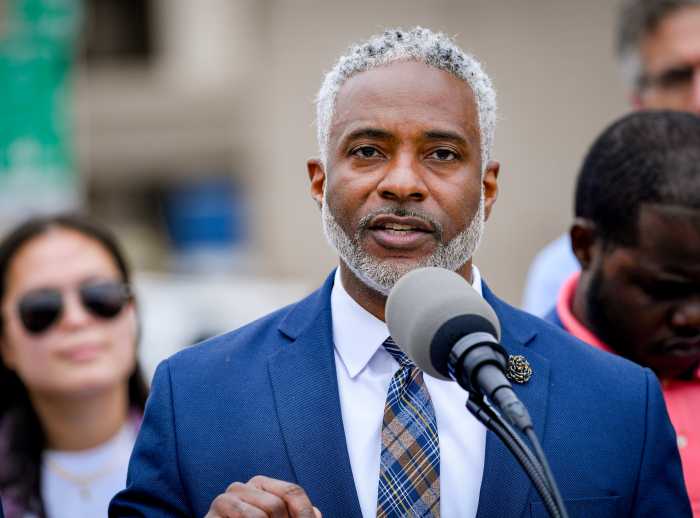One of the defining trends shaping New York’s future is the growing population of older adults. Today, a larger share of New York than ever before is 65 and over, and by 2030 the state’s older adult population is expected to increase to 5.3 million.
But it’s not just that the population is rising – so are poverty rates among older adults. Over the past decade, the number of older New Yorkers living below the poverty line increased by 37%, with poverty rates 2 to 3 times higher for Black, Hispanic, and Asian American older adults than for White older adults.
New York must be a state where all its residents can age with dignity. And to be ready for the future, our priorities need to change to meet the need. Our leaders are recognizing this urgency and are taking action– Governor Hochul is preparing a Master Plan for Aging, which I’m honored to have a small part in developing.
But it will take a huge effort across New York to deliver on these goals, and one critical piece is that we must rebalance how we spend on aging services to not only invest in medical care but also prioritize addressing the non-medical factors – such as food and housing insecurity– that particularly impede healthy years for older adults.
A study from the Commonwealth Fund compared spending and health outcomes across developed countries and found that the US spends the most on healthcare but has the worst outcomes overall. Among the reasons is that other countries place a greater emphasis on social services spending, which improves health outcomes and lowers the burden of health spending.
To ensure that New York is a good place to age, we have to alleviate the pressure on the healthcare system and invest in interventions that improve the health of older adults, such as tackling loneliness and social isolation and access to transportation and healthy food.
Think about an older adult who has just been discharged from the hospital and is facing a high-risk time for hospital readmission and health decline. The person may live alone, have trouble following up with their physicians, have difficulty understanding what next steps in care they need to take because the instructions are not in their usual language, or may be confused about whether to take newly prescribed medications in addition to or in replacement of medications they were taking before– all of which can increase their chances of landing back in a hospital bed.
There’s a need and an opportunity for social services to fill the holes in a fragmented medical system and to tackle social and environmental factors that the medical system was never designed to address. For instance, of the people enrolled in JASA’s Transitional Care Program– which provides in-home support to people discharged from the hospital– we’ve found that 84% of those discharged needed social support to be safe at home. That includes 31% who needed food and nutrition services and 26% who needed help with transportation. Of those who needed support, 93% needed help understanding their medication regimen and 97% required intensive education on how to access appropriate follow-up care.
By providing services in the person’s primary language in a comfortable and trusted setting – the person’s home – we can connect people to essential community support. This has resulted in only an 11% readmission rate, which is a 40% reduction in readmissions for older adult patients. This kind of support improves older adult health and decreases the burden on the medical care system.
While addressing social determinants of health has become more of a priority systemwide in recent years, how these issues particularly affect older adults is less discussed.
Loneliness and social isolation, for example, affect 1 in 4 older adults. The health effects of prolonged isolation are estimated to be equivalent to smoking 15 cigarettes a day– isolated older adults are 29% more at risk for heart disease, and 32% more at risk for a stroke. Without social and mental stimulation, isolated older adults are 50% more likely to suffer from dementia.
Transportation also particularly affects the health of older adults – with less mobility, access to doctors or nutritious food becomes more difficult, affecting health outcomes. And many older adults on fixed incomes face difficult tradeoffs between paying for food or necessary medication.
Housing is where many of these issues intersect. Older adults are not exempt from the housing crisis in New York, where we need to build 400,000 more units of senior housing to meet the growing need. To age in place with dignity, many older adults need apartments built with features such as walk-in showers to meet their needs; they need ready access to critical services like food, social interaction, and health education.
Solving the demand for healthcare providers is only one piece of the puzzle. We can provide the best open heart surgery in the world, but we need better coordination and continuity across medical care and social care, and adequate social care resources, to improve health outcomes for older adults. We have seen successful models on how to do this, and as New York gets older, the need to expand these services becomes more urgent.
Kathryn Haslanger is CEO of JASA.





































